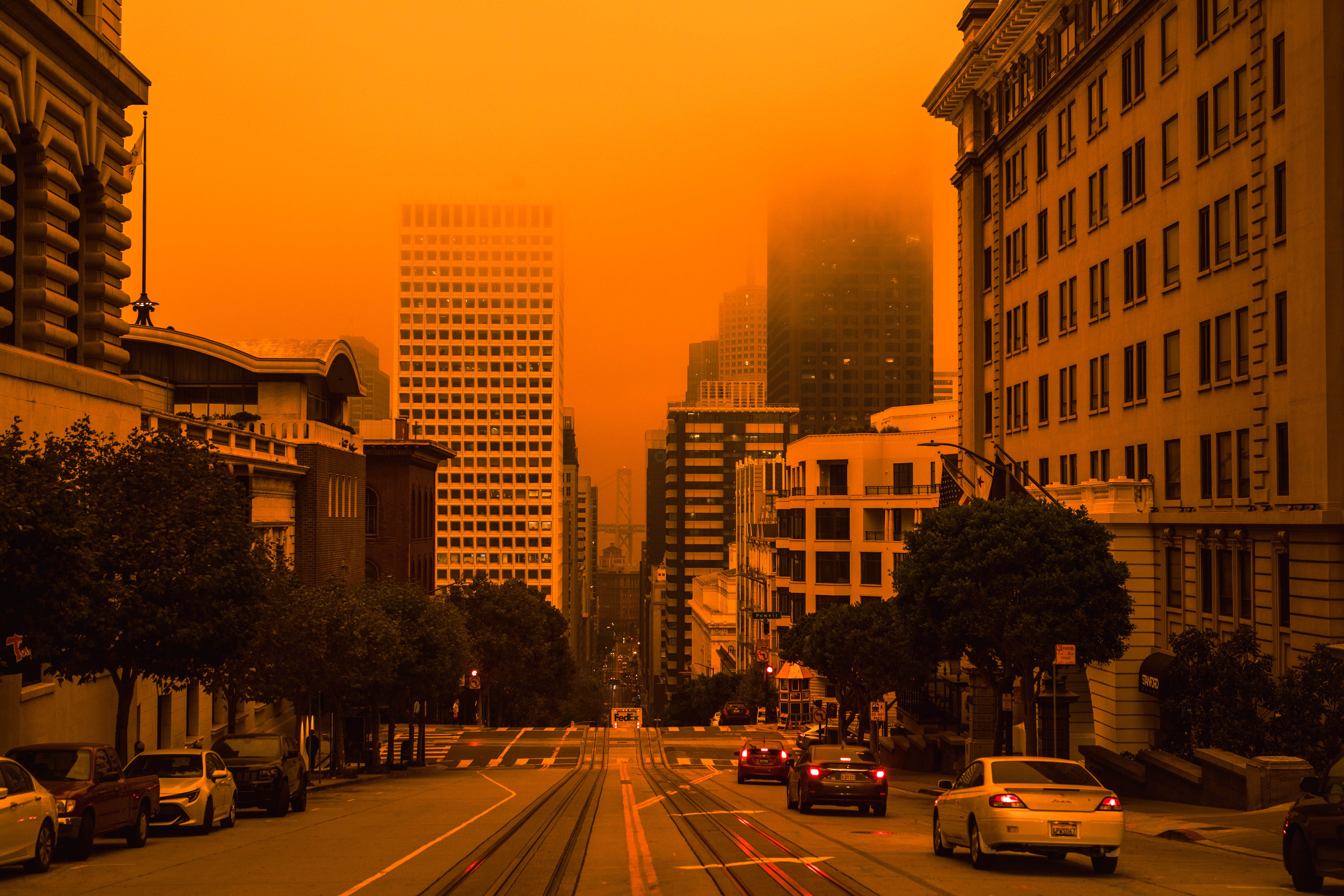Eight of the largest wildfires in California’s history have all occurred within the last 5 years, leading to more than 1,817,917 hectares burned, 8528 structures lost, and countless lives destroyed. Unusually warm temperatures caused by climate change have intensified the effects of very low precipitation and reduced snowpack, creating conditions for extreme, high-severity wildfires that spread rapidly and burn at previously unimagined temperatures. Until September 2022, very little was done to ensure that building materials utilized to construct critical infrastructure – including schools – in areas of the state that are most susceptible to fire, meet standards necessary to withstand prolonged exposure to fire.

On September 13, 2022, Governor Gavin Newsom signed CA Assembly Bill 2322 (AB 2322) into law, a great step towards achieving fire resiliency for critical infrastructure buildings in the state of California. Among other structures, this law applies to educational facilities such as schools, universities, and colleges.
The law ensures that the building materials used to construct critical infrastructure – which are essential community facilities whose destruction poses a higher degree of risk to human life, health, or welfare – provide reasonable protection against the threat of wildfire. The new law will make certain that California’s Building Standards Commission treats the rapidly increasing threat of wildfires in a similar manner as other natural disasters, including earthquakes, flooding, or extreme wind.
Masonry systems provide great solutions to build long-lasting schools and help you meet the requirements of the new law.
- Masonry doesn't burn
- Structural masonry provides fire ratings of up to 4 hrs
- Structural masonry offers resiliency during earthquakes
- Masonry’s thermal mass saves energy and cost
- Masonry structures need low maintenance
- Masonry structures have the longest life
- Masonry structures have the lowest life cycle cost when compared with other building types
For support designing resilient schools in California and beyond, contact IMI.
Find the new Health and Safety Code in AB 2322 excerpted below:
SECTION 1. Section 13108.5.1 is added to the Health and Safety Code, to read:
13108.5.1. (a) The State Fire Marshal shall, prior to the next triennial edition of the California Building Standards Code (Title 24 of the California Code of Regulations) adopted after January 1, 2023, research and develop, and may propose to the California Building Standards Commission, mandatory building standards for fire resistance based on occupancy risk categories in very high, high, and moderate California fire severity zones in state responsibility areas, local responsibility areas, and in land designated as a Wildland Urban Interface Fire Area by cities and other local agencies under the scope of Chapter 7A (Materials and Construction Methods for Exterior Wildfire Exposure) of the California Building Standards Code. The building standards required under this section shall apply to nonresidential, critical infrastructure buildings and shall include both of the following:
(1) Fire rating requirements for structures under Risk Category III and IV as per ASCE 7 in addition to ignition-resistant construction.
(2) For Risk Category III and IV structures, require fire ratings of four hours, three hours, and two hours in very high, high, and moderate severity zones, respectively.
(b) As used in this section, “ASCE 7” means the Minimum Design Loads and Associated Criteria for Buildings and Other Structures, as adopted by the American Society of Civil Engineers.
(c) The California Building Standards Commission shall consider for adoption the building standards proposed by the State Fire Marshal pursuant to subdivision (a).

